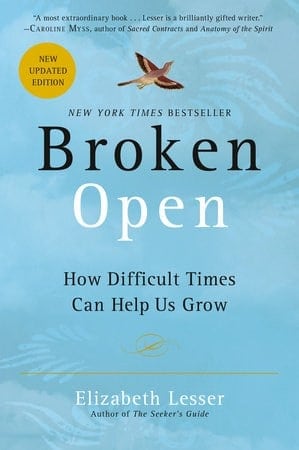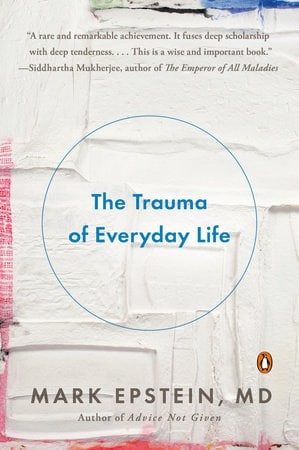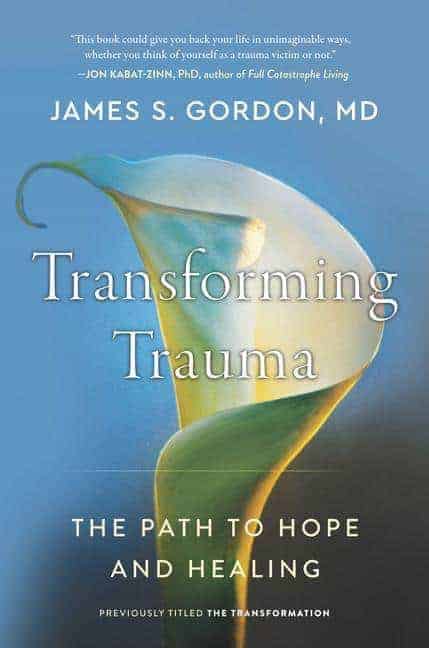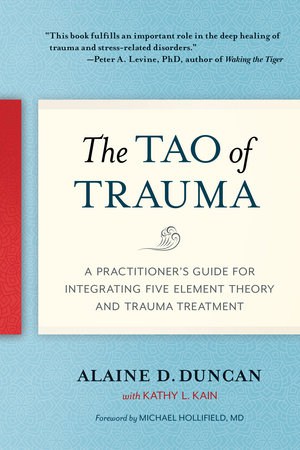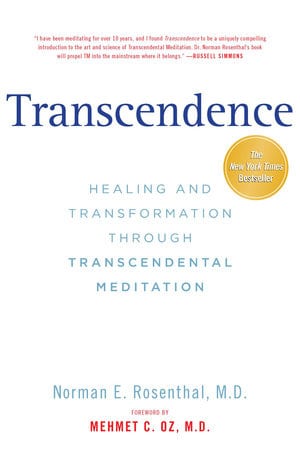Trauma
Posttraumatic Growth (PTG): On Growth After Trauma
THC Editorial Team October 24, 2021

Contents
- Overview
- What Is Growth After Trauma, or Posttraumatic Growth?
- What Are the Potential Benefits of Experiencing Posttraumatic Growth?
- How Can You Achieve Growth After Trauma?
- What Impact Does Therapy Have on PTG?
The hero’s journey, a path that often involves great hardship and challenges, perseverance, and homecoming, is an important human story reflected in great works of art throughout the millennia.1 Posttraumatic growth (PTG) refers to positive personal growth and transformation that occurs after recovering from traumatic or otherwise highly challenging life circumstances.1 The traumatic experience can be a single occurrence, or it may be multiple traumatic events. While most people can get through distressing situations over time, the hardships faced can lead to PTG for some people.
According to philosopher Friedrich Nietzsche, “. . . what doesn’t destroy me makes me stronger.”2
What Is Growth After Trauma, or Posttraumatic Growth?
When people experience a traumatic event, the struggle itself may often act as an impetus for growth.1 According to Richard Tredeschi, one of the pioneers of PTG theory, “Posttraumatic growth is both a process and an outcome: The experience of positive changes in oneself as a result of the struggle with traumatic events.” Instead of spiraling downward indefinitely, those affected can reevaluate their belief systems and rebuild their world to flourish despite the suffering they experienced. The affected person initiates meaningful change. The transformative growth effects of PTG can involve thinking, emotions, and behavior.1
PTG has similarities with other traits of managing adversity well, including flourishing, discovery of meaning, resilience, optimism, thriving, and transformational coping.1,3,4
The History of Posttraumatic Growth Theory
The idea that suffering can be transformative can be found in historical writings and religious teachings that go back thousands of years.1 In psychology, since around the time of WWI, mental health practitioners have focused on the negative impacts of living through traumatic experiences to help their clients restore their psychological well-being.5
More recently, researchers have studied how people are not only resilient but can thrive in the aftermath of trauma. In the mid-1990s, psychologists Lawrence Calhoun and Richard Tedeschi from the University of North Carolina coined the term “posttraumatic growth” to label the positive personal changes that individuals can experience after facing some of life’s most difficult crises.6 Calhoun and Tedeschi developed the Posttraumatic Growth Inventory, or PTGI, to determine if individuals have experienced PTG and to what extent.7 PTG is now considered a key tenet within the positive psychology field.1
Posttraumatic growth is a prevalent theme in many religious traditions. Religion provides a framework for dealing with grief and loss and teaches that positive change and relief can come from experiences involving great difficulty.8 In this way and others, religion can act as a trigger for PTG.1 Deep religious and spiritual experiences are also sometimes an outcome of PTG.1
How Prevalent Is Posttraumatic Growth?
People often report growth after experiencing adversity.9 Tedeschi estimates that anywhere from one-half to two-thirds of people show evidence of PTG following traumatic circumstances.10
According to a 2018 meta-analysis, which studied the prevalence of PTG in individuals who had experienced trauma, researchers found that nearly half of the individuals studied reported moderate-to-high PTG.11
“Posttraumatic growth is both a process and an outcome: The experience of positive changes in oneself as a result of the struggle with traumatic events.” – Richard Tredeschi1
What Are the Potential Benefits of Experiencing Posttraumatic Growth?
Posttraumatic growth typically manifests in the following key areas of life.1,12
Greater Appreciation for Life
Those who have experienced and overcome past trauma on an emotional level are more likely to have newfound gratitude for life.13 These individuals may have a higher regard for even the smallest pleasures that life brings.
New Possibilities
After people adapt to traumatic life-changing events, they realize that more options are available than they previously believed. This allows them to seek out and find new possibilities in the future.
Increased Personal Strength
Once those who experience trauma understand how they can get through harrowing events, they learn from these experiences. They then see how their courage and ability to overcome adversity increase resilience, which can help them to conquer future challenges better should they arise.
Deeper Spirituality
When traumatic events force people to take a long hard look at their core beliefs, they are more likely to come through with a greater understanding, a newfound purpose, and often a sense or conviction that there’s a greater force at work.
Closer Relationships with Others
Because it’s hard to face major life crises alone, people tend to rely on others to help them through times of hardship. Not only do those who experience PTG develop deeper bonds in their relationships, but they also tend to have greater empathy for others who are struggling, even if those others are strangers to them.
How Can You Achieve Growth After Trauma?
Not everyone responds to traumatic events in the same way. Some people may grow from dealing with traumatic events, while others may be negatively impacted, possibly resulting in conditions such as posttraumatic stress disorder (PTSD), acute stress disorder, depression, or anxiety disorders.
Some of the key factors that are associated with whether an individual experiences posttraumatic growth are described below.14,15,16,17,18
A High Level of Purpose
Having a sense of personal meaning and purpose in one’s life is one of the main predictors of posttraumatic growth.14,17
Higher Levels of Resilience
Resilience can be a protective factor against, a risk factor for, and a defense mechanism in developing and maintaining mental conditions. Higher levels of resilience are associated with growth after trauma.15,18
Coping Style
Acceptance regarding change and the ups and downs of life is one of the keys to developing PTG, as is the ability to regulate emotions and reframe one’s perception of the event. Additionally, those who can integrate the negative experience into their lives are more likely to benefit through PTG. Thus, a positive coping style is associated with PTG.15,16
Social Support
Those who have a strong network of people, particularly family, friends, and significant others, to help during times of crisis are more likely to experience PTG. The strength of attachment in individuals’ relationships also appears to have an impact on PTG. Having new and stable relationships in the aftermath of trauma is also considered key. 14,15
Personality Traits
In addition to social support, it appears that some personality traits—in particular, high activity levels,14 openness to new experiences, extraversion, and an overall optimistic attitude—are associated with the ability to experience PTG.14
Faith and Spirituality
Having religious faith and a shift towards having spiritual values is associated with PTG. A reliance on religion and the belief in a higher power or spirituality through collective emotional experiences may allow individuals to believe that suffering is a natural part of life and use the event as a learning or growing experience.14,18
Genetics
New research shows that specific genes may help determine if individuals will be likely to experience PTG.19 However, more studies need to be conducted to conclude whether there is indeed a connection.
Having Paid Work
Having stable, reliable work that is paid is another factor associated with PTG.14
Access to Therapy
The benefits one can derive from psychotherapy are plentiful, including an overall improvement in well-being; symptom reduction and relief from various distressing conditions; and personal, interpersonal, and spiritual growth.20 Numerous forms of therapy may be effective in helping to facilitate PTG.8
In particular, having a sense of purpose, and a positive coping style, have shown to be strong predictors of PTG.14,15
What Impact Does Therapy Have on PTG?
A 2015 meta-analysis assessing the relationship between psychosocial interventions and PTG suggested that active psychosocial intervention “can help people make the most of adversity.”9
In a 2017 study of 126 cancer survivors with high levels of emotional distress, researchers found that, compared to a wait-list group, participants who received psychological support through a program called Positive Psychotherapy for Cancer experienced considerable reductions in levels of distress and posttraumatic stress and increased PTG.21
A 201l, 40 people who had survived motor vehicle accidents participated in a randomized controlled trial of cognitive behavioral therapy (CBT) for PTSD. The study found that, compared to a wait-list group, those who received CBT had a significant decrease in PTSD symptoms and increases in the PTG subdomains of new possibilities and personal strength.22
In a 2010 study, 65 individuals with PTSD that experienced various types of trauma received prolonged exposure therapy with assessments taken before and after treatment. The results showed that after treatment, PTG increased in the subdomains of new possibilities and personal strength, and PTSD symptoms decreased.23
Summary/Key Takeaways
Many people can transform and rebuild their lives following the suffering when lives are disrupted from adverse events. This PTG typically occurs in several areas: appreciation, possibilities, strengths, spirituality, and relationships.
Not everyone who has lived through trauma experiences PTG. Support, personality traits, coping style, resilience, and spirituality can all contribute to whether or not someone is likely to recover and grow following trauma. PTG may help people transform their beliefs and how they view the world and, ultimately, thrive.











